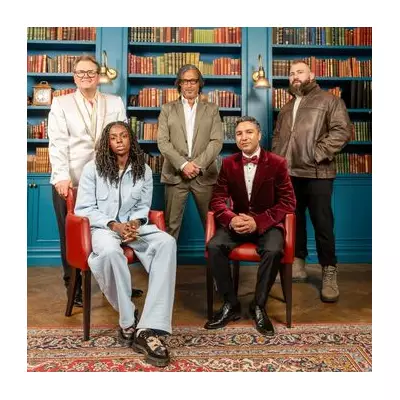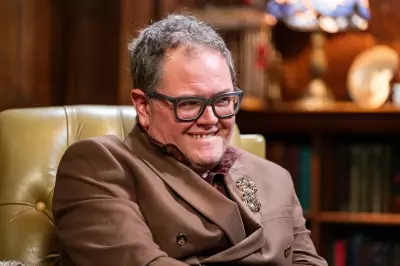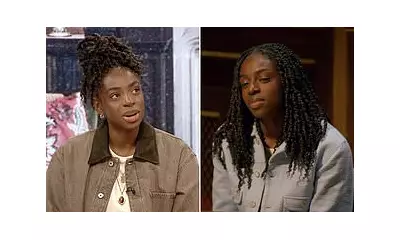
The curtain is falling on one of the most influential eras in fashion publishing. Anna Wintour has presented her final cover as Editor-in-Chief of American Vogue, a position she has held for a remarkable 37 years. The December 2025 issue, now on newsstands, marks the end of her direct stewardship, during which she presided over more than 400 distinct covers.
Wintour is not leaving the publishing house entirely; she will now focus on her roles as Vogue’s Global Editorial Director and Chief Content Officer for Condé Nast. Yet, the handover of the flagship magazine's cover represents a significant shift in the industry's landscape.
The Final Statement: Chalamet Among the Stars
Her parting cover is certainly a conversation starter. It features actor Timothée Chalamet, photographed by the legendary Annie Leibovitz. Chalamet is styled in a Celine white polo neck and cream coat, standing on a makeshift planet against a backdrop of a star-filled nebula, courtesy of NASA.
The image has sparked a mixed, and often negative, reaction online. Comments on Vogue's Instagram post range from sheer horror to comparisons with AI-generated art. Jeremy Leslie, founder of the magazine store magCulture, summed up the perplexed response, calling it "weird" but acknowledging it forces a second look.
However, there is artistic intent behind the unusual composition. The shoot also places Chalamet in front of City, a land artwork by Michael Heizer. More pointedly, the cover is a witty homage to Antoine de Saint-Exupéry's The Little Prince, casting Chalamet as the prince of Hollywood on his own tiny planet.
A Legacy of Talking Points
Getting people talking has been a consistent thread throughout Wintour's tenure. Her very first cover for US Vogue in 1988 was radical, pairing a Guess jean jacket with a Christian Lacroix sweater—a high-low mix that was controversial for a luxury title at the time.
She followed this with a series of covers that came to define their eras:
- A post-scandal Madonna in 1989.
- The era of the supermodels in 1992.
- A teenage Britney Spears with an American flag in 2001.
- Michelle Obama as the new First Lady in 2009.
- Kanye West and Kim Kardashian before their wedding in 2014.
- Beyoncé in a flower crown in 2018.
Not all covers were celebrated. A 2008 cover with LeBron James and Gisele Bündchen was criticised for evoking racist tropes. A 2010 feature on Asma al-Assad, wife of the Syrian dictator, was widely seen as a misjudgment. More recently, the cover featuring Lauren Sanchez was viewed by some as a tone-deaf celebration of extreme wealth.
Amy Odell, author of Anna: The Biography, notes that Wintour generally "played it very safe" but "poked the bear strategically and smartly" to keep the audience engaged.
The New Era for Vogue
The responsibility for future covers now falls to Chloe Malle, the Head of Editorial Content at Vogue. The role of Editor-in-Chief has been eliminated. Odell suggests Malle's key challenge will be redefining Vogue's idea of aspiration in an age where "nepo babies" and oligarchs can offend public taste.
Jeremy Leslie believes the Chalamet cover is a "huge statement" from Wintour, a deliberate challenge for her successor. However, he also notes that the era of the star editor may be over, with Condé Nast now favouring "worker bees" over flamboyant personalities, which could lead to fewer intentionally controversial covers.
As for Anna Wintour, her focus is expected to shift towards Vogue World, the branded fashion show series that began in 2022. The next event, Vogue World: Milan, is scheduled for September 2026 and will focus on Italian craftsmanship, continuing her influence on the global fashion stage from a different vantage point.





